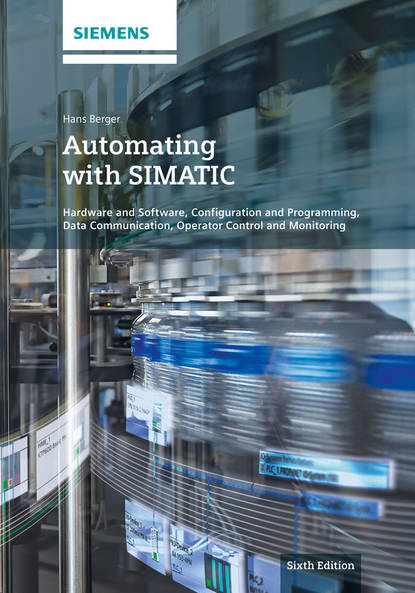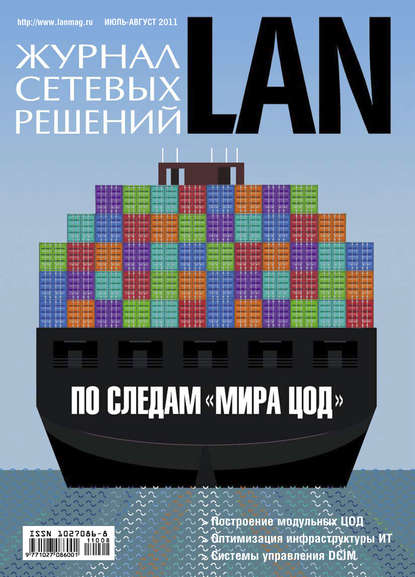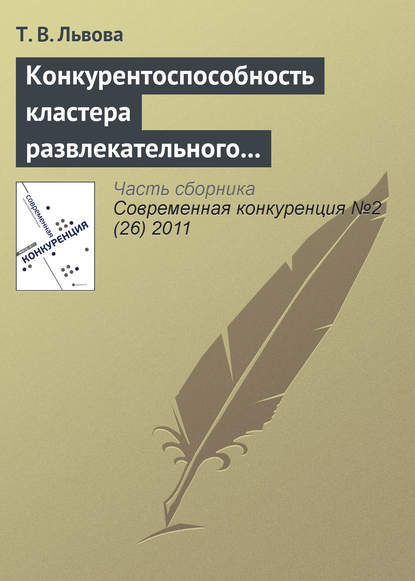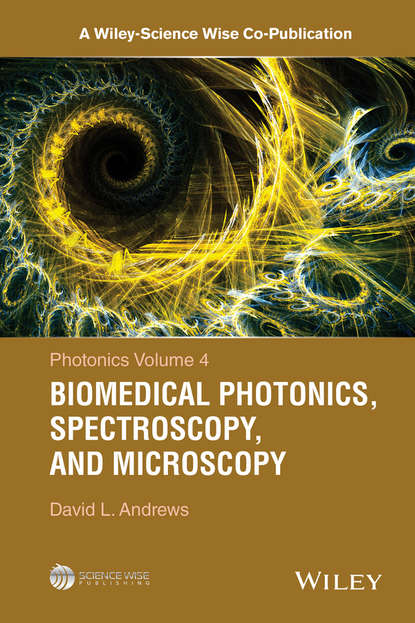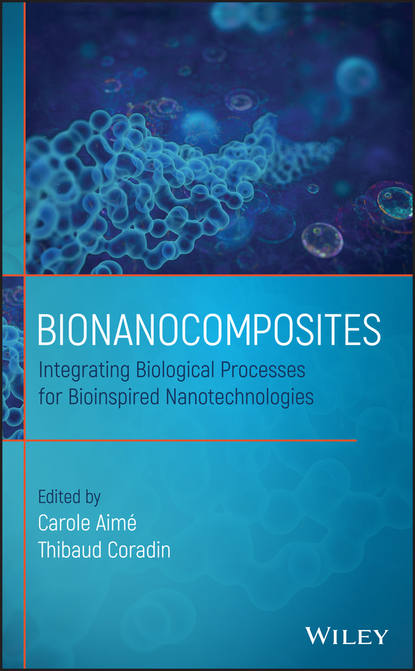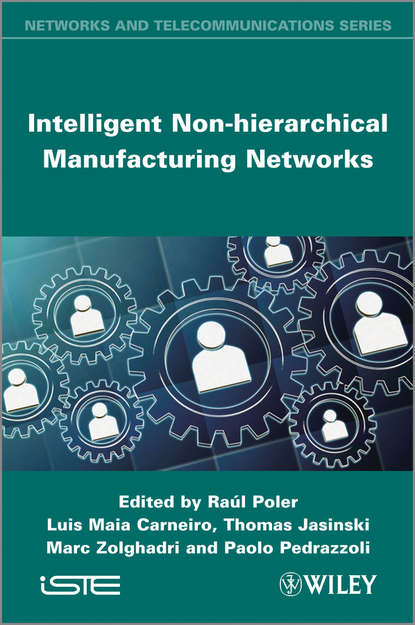Книга "Automating with SIMATIC" предоставляет полный обзор автоматизационной системы SIMATIC и TIA Portal с инженерным инструментом STEP 7. Она предназначена для всех, кто хочет ознакомиться с компонентами системы и их функциональными возможностями, кто желает познакомиться с темой программируемых логических контроллеров или кто намеревается приобрести базовые знания о конфигурации, программировании и взаимодействии компонентов SIMATIC. Сначала в книге представлено оборудование SIMATIC S7-1200, S7-300, S7-400 и S7-1500, включая периферийные модули ET 200. Затем описывается работа с STEP 7 на языках программирования LAD, FBD, STL, SCL и S7-Graph, а также оффлайн-тестирование с помощью S7-PLCSIM. Следующий раздел описывает структуру пользовательской программы, за которым следует иллюстрация обмена данными между контроллерами автоматизационной системы и периферийными устройствами с использованием шин Profinet и Profibus. Книга заканчивается обзором устройств для управления оператора и мониторинга процесса и их программного обеспечения для конфигурации.
Fully up-to-date information on the latest versions of SIMATIC and the engineering tool, STEP 7 "Automating with Simatic" provides an unparalleled insight into the systems used in control engineering. In the first part of the book, the hardware platforms are explained M7-S7-1x00 parts, followed by an introduction to STEP 7 and programming in LAD, SBT, SFC, and SCL. Transfer tests are carried out using S7-Plcsim. The sequence program structure is also shown, along with data exchange via the PROFIBUS and PROFINET bus systems.
The book "Automating with Siemens SIMATIC" follows the recent developments in automation technology and gives valuable insights into the operation of SIMATIC-based project systems.
This edition targets users new to this area and offers clear instructions for use of STEP 7, an engineering tool within the SIMATIC suite, to build automation plants.
In doing so, the reader will have a full understanding of all the key parts relating to this powerful and high-performance process control systems. Targeted at students and those without previous experience of engineering, this edition is also of interest to practising engineers who need a refresher course. It covers the basics required to successfully program and deploy efficient and reliable automation solutions using the latest models of S7 PLCs and safety controllers by Siemens.
Each chapter of the book guides the user through new aspects of STEP7 programming in familiar block diagram and flowchart languages alongside S7 Graph software to make the language accessible to all. Using simplified illustrations and examples, it involves the reader explicitly in the creation of step-by-step user programs. Practical exercises equip the reader with the necessary knowledge to apply these concepts in real-world contexts.
The book ensures the continuous updatability of the content and software reference manuals to address the ever-changing requirements of plant operators looking to access the benefits of automation and SCADA solutions. The majority of the subject matter that is covered in a previous edition will continue to be used in upcoming editions.
Электронная Книга «Automating with SIMATIC» написана автором Hans Berger в году.
Минимальный возраст читателя: 0
Язык: Английский
ISBN: 9783895789434
Описание книги от Hans Berger
The book provides a complete overview of the SIMATIC automation system and the TIA Portal with the engineering tool STEP 7. «Automating with SIMATIC» addresses all those who – want to get an overview of the components of the system and their features, – wish to familiarize themselves with the topic of programmable logic controllers, or – intend to acquire basic knowledge about configuration, programming and interaction of the SIMATIC components. At first, the book introduces the hardware of SIMATIC S7-1200, S7-300, S7-400 and S7-1500, including the ET 200 peripheral modules. This is followed by describing the work with STEP 7 in the programming languages LAD, FBD, STL, SCL and S7-Graph, and offline testing with S7-PLCSIM. The next section describes the structure of the user program, which is followed by the illustration of the data communication between the controllers of the automation system as well as with the peripheral devices by use of the bus systems Profinet and Profibus. The book closes with a survey of the devices for operator control and process monitoring and their configuration software.
